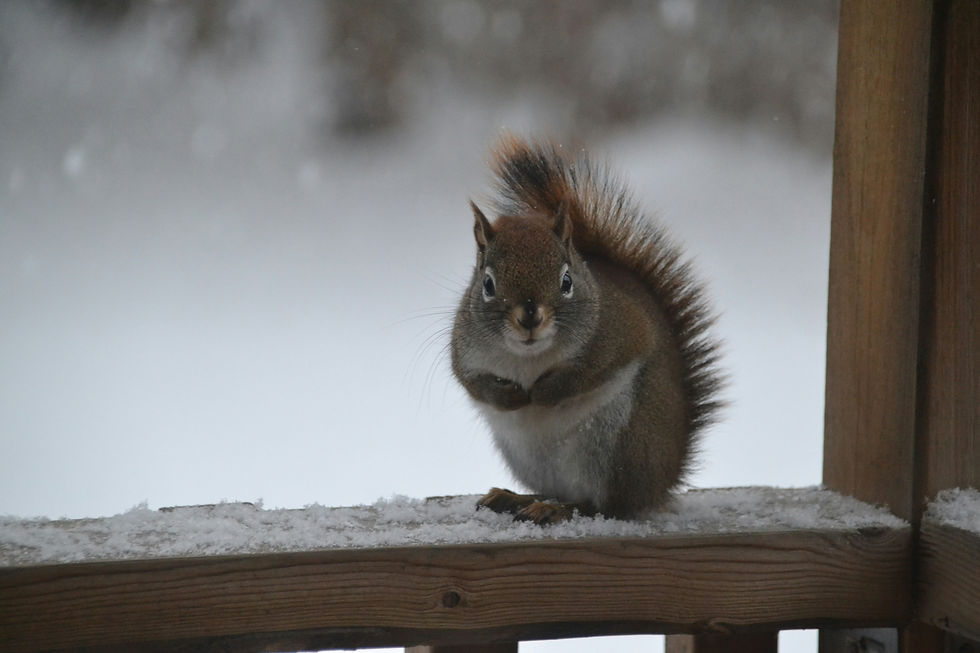The Great Cockroach Migration: Why Roaches Love Fall
- Jeff Overstreet

- Oct 16
- 3 min read
When the first cool nights settle over North Texas, the ghouls aren’t the only ones looking for shelter. As jack-o’-lanterns glow on porches and candy bowls fill up, cockroaches begin their quiet march inside.
October is their migration season. Once nighttime temperatures hover around 68°F or below, roaches leave their outdoor hiding spots and head for warm, damp spaces indoors. What starts as a few stragglers can turn into a thriving colony tucked beneath your floors, sinks, and appliances before winter even begins.
Why Roaches Head Inside
Cockroaches follow three things: warmth, water, and an easy meal. Cooler air outside pushes them toward bathrooms, laundry rooms, and kitchens — areas where warm air collects and water is plentiful.
Three species are especially active in fall across North Texas:
American cockroaches often appear in bathrooms, basements, and around floor drains.
Oriental cockroaches prefer dark crawl spaces and damp areas under homes.
German cockroaches thrive near kitchens, riding out the cold in cabinets and behind appliances.
Roaches can survive weeks without food but require frequent water access. That’s why even a slow-dripping pipe can attract them faster than crumbs on the counter. Once they find a water source, they settle in and multiply quietly.
How They Get In
Roaches are experts at infiltration. They flatten their bodies to squeeze through gaps thinner than a credit card. Cracks in the foundation, utility penetrations, and loose door thresholds act like open doors. Warm air escaping through gaps draws them closer.
Floor drains are another common highway. American cockroaches often follow plumbing lines, slipping into bathrooms and laundry rooms undetected. And sometimes they arrive with you — tucked inside grocery bags, cardboard boxes, or secondhand furniture.
Appliances are another favorite hideout. The warm space behind a refrigerator, water heater, or dishwasher gives them perfect conditions to nest without being disturbed.
Early Warning Signs
Cockroaches stay hidden as long as possible, so catching them early means watching for subtle signs. A single roach near a drain at night, black specks along baseboards, or a faint oily odor in a dark corner can be early red flags. Egg cases tucked behind appliances or inside cabinets signal that a colony may already be active.
If a roach appears during the day, that usually means the population behind the scenes is already well established.
How to Shut the Door on Roaches
Think like a roach: follow the water and block the heat. Start with a perimeter walk-through. Seal foundation cracks and thresholds. Check plumbing lines, especially around sinks, bathtubs, and washing machines. Moisture control matters more than surface cleaning early on, so fix leaks, insulate sweating pipes, and keep drains flowing smoothly.
Inside, tighten up kitchen routines. Wipe counters at night, store food securely, and keep trash bins sealed. Cardboard boxes and stacked paper create warm nesting spots, so clean storage areas regularly. If there’s nothing for them to drink or hide behind, roaches have no reason to stick around.
Why Professional Treatment Works Best
Roaches reproduce fast and hide in places surface sprays never reach. Professional treatments target wall voids, drain systems, and appliance zones where colonies actually live. A trained technician also finds the structural weak points that let them in to begin with.
Sealing those points, combined with precise treatment, creates a barrier that stops infestations before winter takes hold.
Bug Zone Can Stop Roaches Before They Take Over
This Halloween, the scariest thing in your house shouldn’t be a shadow in the kitchen. Bug Zone’s targets migration routes, hidden colonies, and entry points — sealing up your home before it turns into their winter haunt.
Call (972) 867-9800 or email office@bugzonepest.com to schedule your roach treatment today.







Comments